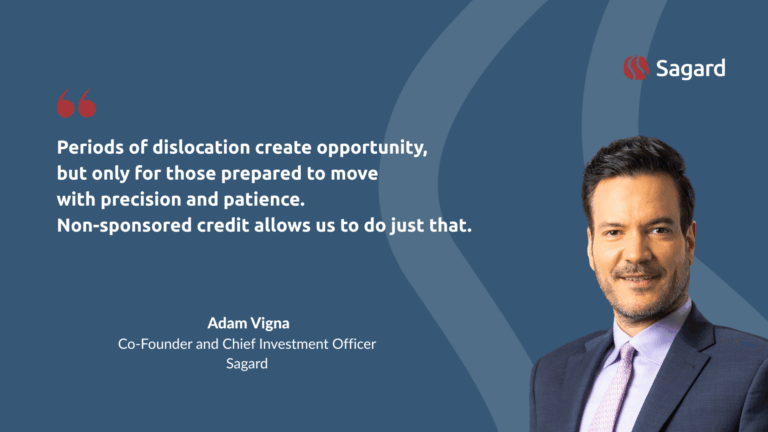Across North America, philanthropy is quietly transforming—and affluent donors are leading the charge. Instead of solitary giving through formal foundations, many are choosing collaborative models like Giving Circles that pool donations, amplify impact, and prioritize civic engagement.
These circles don’t just fund causes—they build communities of shared purpose. These donors aren’t just supporting causes—they’re co-creating impact. Members join forces to support grassroots organizations aligned with their values. Decision-making is democratized and issue-areas tend to be localized. Funding becomes strategic. And generosity becomes a shared experience.
Globally, Giving Circles are booming. Grapevine estimates nearly 4,000 circles have mobilized 370,000 donors and directed $3.1 billion to charitable initiatives in five years. While Canada doesn’t track Giving Circles formally, current estimates suggest over 500 active groups across the country—often anchored by community foundations and local nonprofits.
Why Giving Circles Appeal to Strategic Donors
“Collective giving shifts who gives, how we give, and ultimately what gets funded. This practice strengthens community ties, provides the space to practice democracy, and increases civic engagement—together these are crucial to building a thriving multiracial democracy that underpins all the other issues of building an equitable world.” Philanthropy Together – the global hub for giving circles
For those managing seven-figure foundations, Giving Circles offer far more than efficiency. They:
- Tap into the experience and insights of peers
- Create collaborative grant strategies that reflect diverse voices
- Accelerate funding decisions without bureaucratic delays
- Develop purpose-driven engagements, for example, opportunities that explore post-retirement purpose through community leadership
- Direct capital toward equity-focused initiatives and grassroots changemakers
- Scale philanthropic power by strengthening relationships between funders and community actors to generate greater impact
- Provide demand-driven support for the local community
- Offer other ways to tap into the 4 T’s – Time, Talent, Treasures and Ties
Donors retain autonomy over their personal giving portfolios while channeling pooled resources toward issue-specific, community-driven projects. It’s a hybrid between a boardroom and a grassroots lab—where philanthropy becomes proactive, not reactive.
Real Circles, Real Impact
The characteristics of giving circles vary. These variances are, in large part due to who, how and why the groups were created. Below are four examples of giving circles active in North America. They each have different orienting stories from a single-family foundation leading an initiative to a collective of entrepreneurs who target their funding in a specific jurisdiction.
- Converge Mental Health Coalition, a Hunter Family Foundation initiative, has attracted funders from across Canada to support system level changes in how mental health services and programs are delivered in Canada. Starting with seven organizations based in Calgary in 2022, it now boasts a membership of 120+ agencies from coast to coast to coast that meet annually to actively coordinate deployment of capital and service delivery.
- Vision 2020, launched by the Toronto Foundation, invited next-gen donors to create matched endowments with contributions from employers or family. With over 70 participants and $10,000 added per donor, the circle disbursed $26.7 million by 2024 toward equity-focused grants and impact investments.
- 100 Who Care, part of a global alliance of 700 Giving Circles, meets quarterly to vote on grants. With 204 chapters across Canada, this model has delivered over $55 million worldwide—$1,000 at a time. Calgary’s chapter alone boasts $1,000,000 distributed to date.
- Catalyst Giving Circle, founded by tech entrepreneurs and impact investors in Seattle, funds grassroots organizations working in racial equity, education access, and environmental justice. Funders contribute $25,000/year to the Circle. Between 2019–2021, the circle disbursed $750,000 to 20 agencies, offering recipients full discretion in how to use the funds.
These examples reveal a powerful shift—from transactional giving to community-based decision-making. These donors aren’t just writing checks. They’re hosting retreats, mentoring nonprofit leaders, and launching new circles in other cities. And while they bring their expertise and resources, they’re also transforming their own identities—from benefactors to collaborators.
From Grantmaker to Changemaker
“It’s not just about writing a larger check. It’s about being accountable to the communities we claim to care about. This circle challenges me to show up—not just pay up.” – Retired venture capitalist and founding member of Catalyst
Giving Circles empower donors to step into leadership, not just fund it. They create space to collaborate, learn, and build trust with grantees and fellow funders. Circles enable efficient capital deployment, broaden philanthropic insight, and help donors align values with impact.
They’re not just about writing bigger cheques. They challenge us to show up—not just pay up.
For high-net-worth Canadians seeking more meaning in their philanthropy, Giving Circles offer a modern, movement-based model. One that’s responsive, rigorous, and relational.
About Karma & Cents: Philanthropy advising for individuals, families and family enterprises. Operating in Calgary since 2017 and built on the 30+ years of collective work of its founders Gena Rotstein and Richard Ouellette, K&C creates bespoke philanthropy plans, legacy, impact investing and foundation management services.



